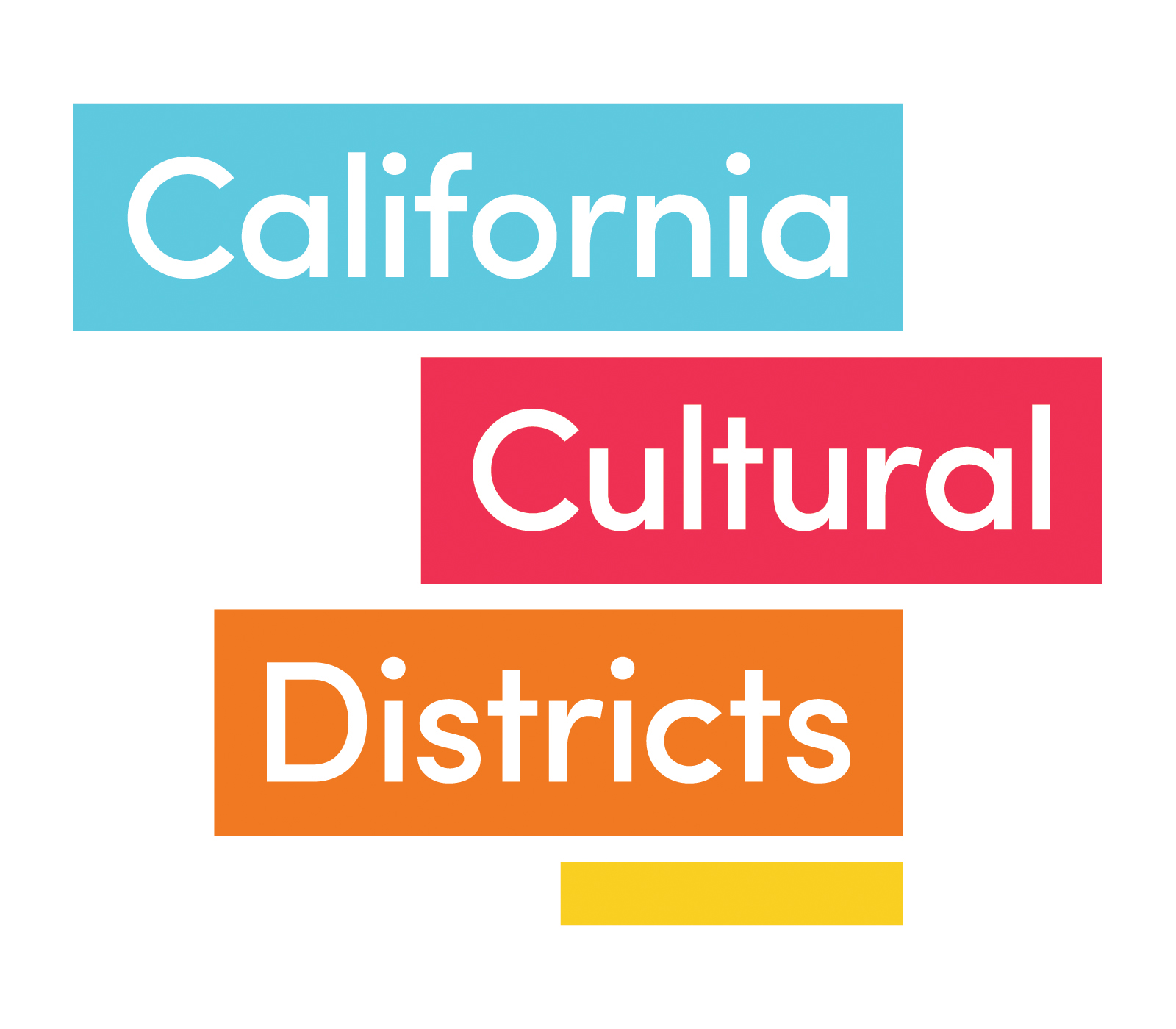Certification
The cultural district certification process, managed by the California Arts Council, is the core of the California Cultural Districts program. It began in 2017 with a two-year pilot. This initial group was selected through an open application process, and plays a critical role in ensuring, through their feedback and experience, that the full program is accessible, supportive, and works for various types of cultural centers, in a wide variety of urban, suburban and rural settings.
District Benefits
Certified cultural districts receive an array of benefits that include the following:
Official state certification – each district enters into a memorandum of understanding (MOU) with the CAC certifying state designation as a cultural district for a period of five years and granting the district the right to use the state cultural district brand in its marketing
Branding materials – including the state cultural district logo, as well signage and banner templates
Technical assistance - including at a minimum an annual convening session, as well as peer to peer and other group learning opportunities given available resources
Joint marketing support – leveraging resources from state tourism partners
A stipend – $5,000 per district per year, for two years, to be used to support participation in the pilot process that will lead to the refinement of the design of the cultural districts program
Cohort Approach
An cohort of 10 districts for 2026 was selected through an open application process. Applications opened in May 2025, with the goal of identifying a well-rounded group of communities that are diverse in make-up, geography and purpose, and that represent the many possible manifestations of cultural districts present in California.
The districts represent a typology that includes the general categories listed below.
CONTEXT
urban
suburban
rural
FOCUS
cultural heritage
cultural production
cultural heritage and cultural production


